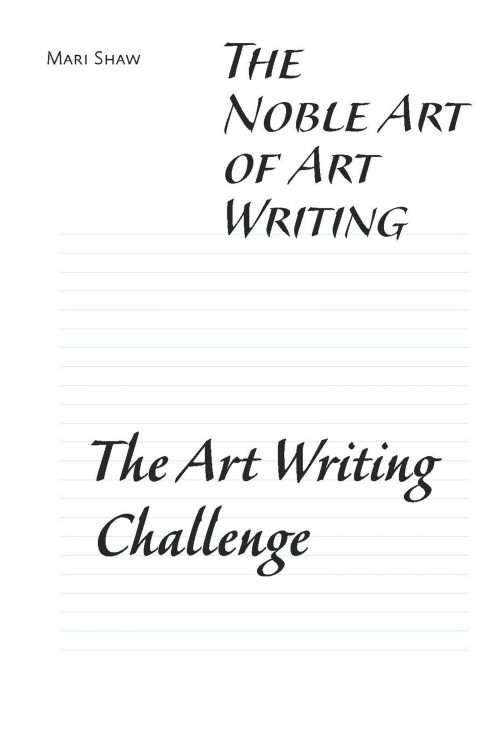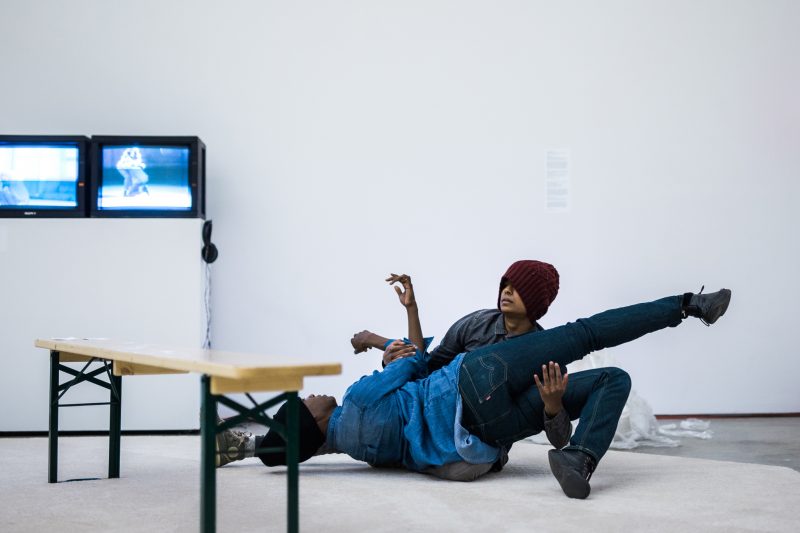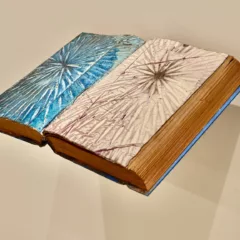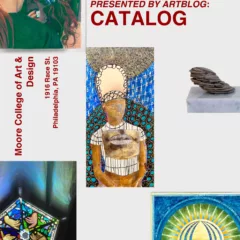
The notoriously acerbic critic John Simon once said that “the only true art is that which speaks to everyone.” Art by and for particular communities, he was fond of fulminating in his aristocratic prose, could never be equal to art that held itself out as “universal,” art that purveyed Truths both legible and relevant to people from all walks of life. Simon exemplified a particular model of the critic as teacher and neutral arbiter. In writing about the arts, Simon claimed authority and wielded it like a weapon, viciously cutting down any artist who had the gall to be (in Simon’s view) mediocre. Not for nothing, the vast majority of American critics who have taken this approach to their work have been, like Simon, white men. The vast majority of all American critics, for that matter, have been white men—cisgender, non-disabled, heterosexual white men of a certain class and a certain level of education. Historically, when these men have spoken of art that is “universal,” as in expressing something universally applicable to our shared human experience, they have been speaking about their own experiences while imagining that they spoke for everyone.
Since Simon’s heyday, “universality” has taken some hard knocks. We have largely been disabused of the notion that aspects of identity like race, class, and gender do not meaningfully impact the way we experience the world. As a consequence, the critic-as-neutral-arbiter model has begun to fall from fashion—to be neutral is to be identity-less, disembodied, to be in the world, perhaps, but not of it—what could such a wraith have to say to the rest of us flesh-and-blood folks?
But if the critic ceases to be a neutral authority, or even ceases to be an authority at all, what is she? What is left for her to do? One answer (or rather, many answers) can be found in Mari Shaw’s latest book, The Noble Art of Art Writing, an edited collection that brings together an eclectic range of highly subjective, formally unorthodox responses to works of art that are, in many cases, by, for, and about particular communities. What connects these diverse contributions is that they all originated as entries in the Art Writing Challenge, a contest launched by Artblog and other independent Philadelphia publications to inspire members of groups traditionally underrepresented among critics to try their hand at recording and sharing their responses to art. As Artblog and St. Claire founders Roberta Fallon and Matt Kalasky say in their introduction:
We knew from direct experience that much of what was happening in Philadelphia’s growing contemporary art scene was exciting and was made by artists of color and LGBTQ artists. But because of the lack of art writing about these artists, only a small number of people saw the art or even heard about it. In other words, that part of the Philadelphia art story was like the proverbial tree falling in the forest that nobody hears or sees, so what does it matter.
Submissions to the Challenge, and now this volume, have gone a long way towards addressing these lacunae. But the authors anthologized here are not merely filling in the blanks left by white male critics; they are reinventing what it means to be a critic. The title of the book is itself significant—art writing encompasses a far broader range of practices than we would expect from criticism proper.
While some of the authors do engage in evaluation of exhibitions or performances, that is by no means the only way they express their engagement. Here, there are also short autobiographies, non-discursive meditations, and forms that demand new nomenclature. Nishat Hossain, for example, recounts a dream she had after seeing the 2016 Ally exhibition at the Fabric Workshop and Museum. Leah Gallant narrates her experience of conceiving of a painting. Norman Dolph encourages readers to visit the Philadelphia Museum of Art’s world-class Duchamp collection, whetting our appetites by telling us about the time he found himself sharing a taxi with the enigmatic genius in 1961. Laura Mays and Deirdre Visser salute the creative place-making fostered by West Powelton nonprofit Tiny WPA. Sam Whalen’s “review” of a group exhibition takes the form of a color-coded outline. Taking the self as art object of consideration, Lane Speidel reflects on the trauma of “being raised as a gender you are not.” Robert Winston’s piece is a short story featuring a Bukowski-like artist-narrator picking up a bartender at dawn—there is a painting in the story, but no indication that it exists in real life.
Criticism, if that is the word, is an intensely personal act for most of these writers. The experiences with art (and artistic experiences) they chronicle could never be replicated by anyone else, which is precisely why it is so valuable that Shaw and Artblog have brought them together here. Not only does this collection demonstrate that Philadelphia’s art scene contains multitudes—it shows that there are as many “right” ways to engage with art as there are passionate and curious people. Shaw, who has blended memoir and critical commentary in her previous books The Noble Art of Collecting and Thomas Chimes: Painter and Pataphysician, knows how rewarding this kind of writing can be. She has done a service to the authors included in this volume by contextualizing their work and promoting their visibility. She has also done the rest of us a great service by giving us the opportunity to get to know these new voices and new visions of what criticism can be.
Copies of “The Noble Art of Art Writing, The Art Writing Challenge” are available via USPS mail. Get your copy of this beautiful book, by sending an email to editor@theartblog.org. Cost is $15/book with $3 shipping fee (US).
Read more about the Artblog Art Writing Challenge, a community open-call writing contest with cash prizes that is focused on Philadelphia arts.
More Photos

[ED. Note: This photo is not in the book, but ran on Artblog with Nishat Hossain’s winning essay.]









